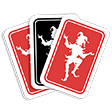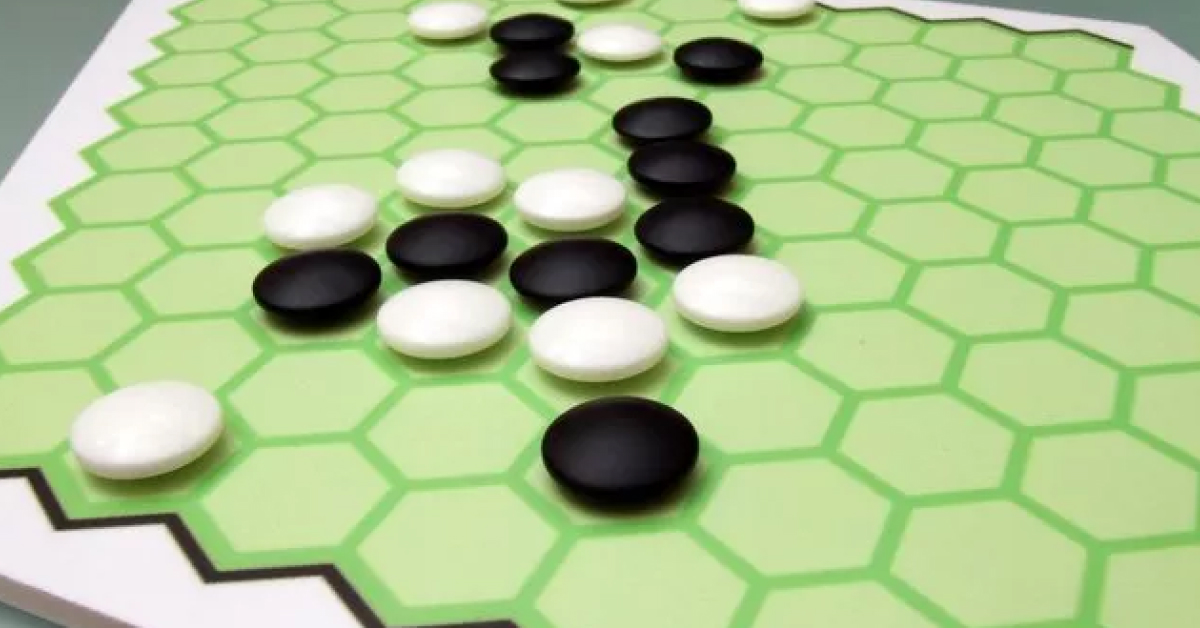In the world of board games, Hex is an intriguing and challenging abstract strategy game that has captivated players for decades. Its elegant simplicity and depth of strategy make it a favorite among enthusiasts of all ages. Originating from the minds of mathematician Piet Hein and independently re-invented by mathematician John Nash, Hex offers a unique gameplay experience that combines elements of chess and Go. In this article, we will explore the rules and instructions for how to play the Hex board game.
Overview of the Game
Hex is played on a rhombus-shaped board made up of hexagonal spaces. The standard board size is typically a 11×11 hexagon grid, but it can be played on different sizes as well, such as 13×13 or 9×9, depending on the players’ preferences and experience level. The objective of the game is simple: to form a continuous chain of hexes that connect the two opposite sides of the board designated as your own.
Setup
To begin, you will need the Hex board, which can be purchased commercially, or you can draw one yourself using a grid of hexagons on paper or a game board. The board consists of hexagonal cells arranged in rows and columns.
Two players are required to play Hex, and each player takes turns to make their moves. One player uses markers of one color (commonly blue) to represent their pieces, and the other player uses markers of a different color (commonly red). The board starts empty, and players take turns placing their markers on the empty hexes.
Gameplay
The game starts with an empty board, and the first player, usually determined by a random selection or mutual agreement, places one of their markers on any hexagon on the board. Then, the second player places one of their markers on the board, and the players continue taking turns alternatively.
Winning the Game
The game concludes when one of the players successfully forms a connected chain of their markers from one side of the board to the opposite side. The chain can be horizontal or vertical, depending on the orientation of the board. The player who creates this continuous chain is declared the winner.

The Rule of Connection
The critical aspect of Hex is the rule of connection. When placing their markers, players must ensure that their pieces form a connected chain across the board. This means that each marker must be adjacent to at least one of their own markers, either directly or through a series of adjacent markers of the same color.
Blocking and Cutting
As the game progresses, players will often find themselves in situations where their opponent’s chain is getting close to connecting the opposite sides of the board. In such instances, players can use blocking and cutting strategies to disrupt their opponent’s chain and gain a strategic advantage.
1. Blocking: A player can place their marker in a key position to block the opponent’s path to connect their pieces. By doing so, they force their opponent to take a longer route or adjust their strategy, potentially creating opportunities for the blocking player to connect their own pieces.
2. Cutting: Cutting involves strategically placing a marker between two opponent markers that are trying to connect. This action prevents the opponent from forming a continuous chain, ultimately weakening their position and creating opportunities for the player who executed the cut.
Example Gameplay
Let’s walk through a simple example of Hex gameplay:
1. Player A (Blue) places a marker on one of the hexagons.
2. Player B (Red) places a marker on a different hexagon.
3. Players continue taking turns, connecting their markers and building their chains.
Imagine Player A manages to create a chain that stretches from the left side of the board to the right side, while Player B forms a chain from the top side to the bottom side. Both players are now racing to complete their connection.
Strategies and Tips
Hex is a game that requires foresight, planning, and strategic thinking. Here are some helpful strategies and tips to improve your gameplay:
1. Control the Center
Occupying the central hexagons gives you a strategic advantage, as it allows you to influence more of the board and offers flexibility in forming connections.
2. Avoid Isolated Markers
Try to avoid placing markers in isolation, as they can easily be cut off and become useless. Instead, focus on connecting your markers early on.
3. Observe Your Opponent
Pay close attention to your opponent’s moves and anticipate their plans. This will help you counter their strategies effectively.
4. Plan Ahead
Think several moves ahead and consider potential responses to your actions. This forward-thinking will give you an edge in the game.
5. Adapt Your Strategy
Be prepared to adapt your strategy based on your opponent’s moves. Flexibility is key to success in Hex.
See More : Hounds and Jackals Board Game Instructions, Rules & Activity Guide
Conclusion
Hex is an engrossing board game that offers a blend of simplicity and depth, making it suitable for players of all skill levels. With straightforward rules and endless strategic possibilities, it remains a timeless classic in the world of abstract strategy games. By understanding the rules and employing sound tactics, players can immerse themselves in a game that rewards careful planning, foresight, and tactical cunning. So, gather a friend, set up the board, and embark on a journey of hexagonal conquest with Hex!




